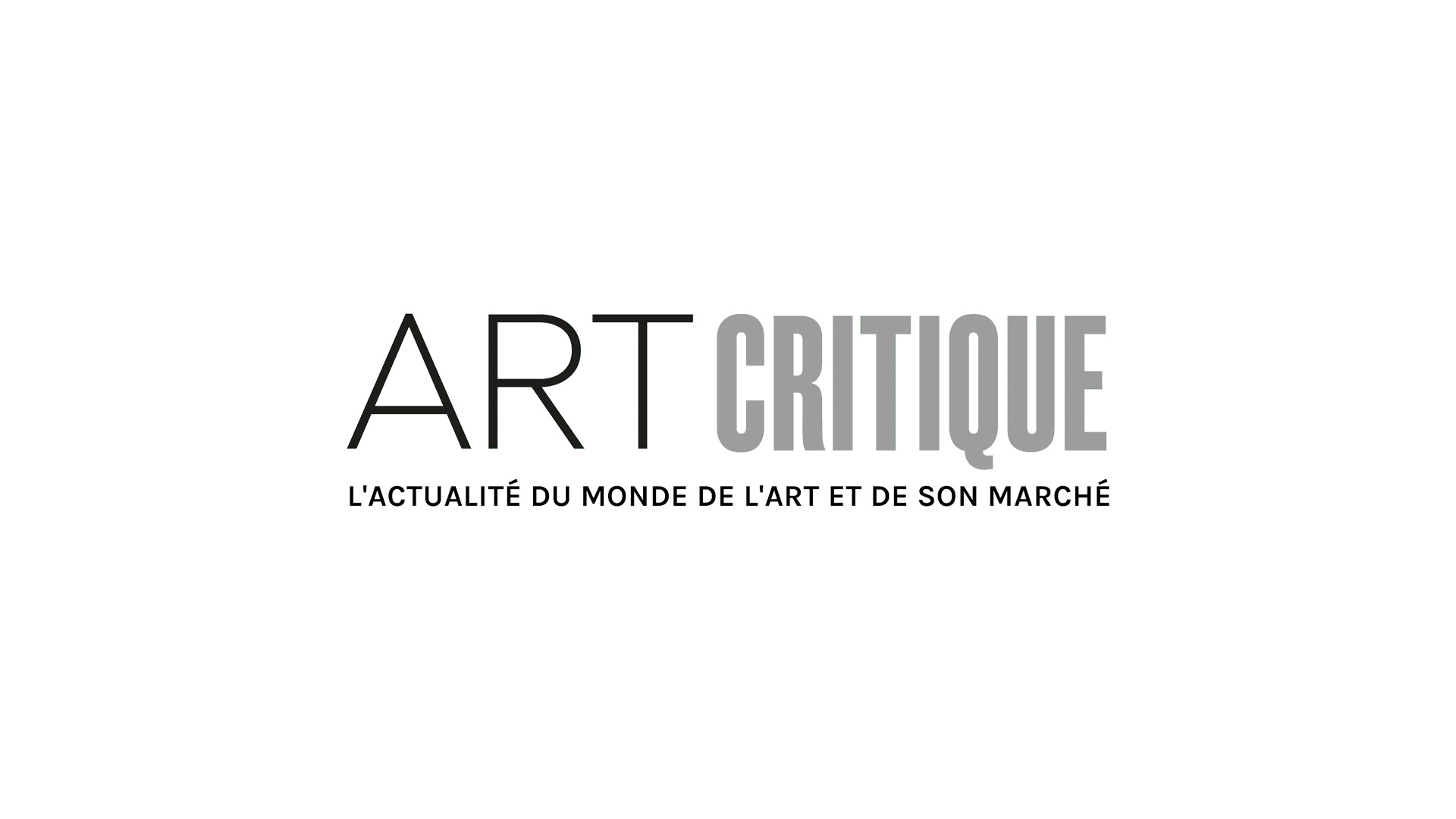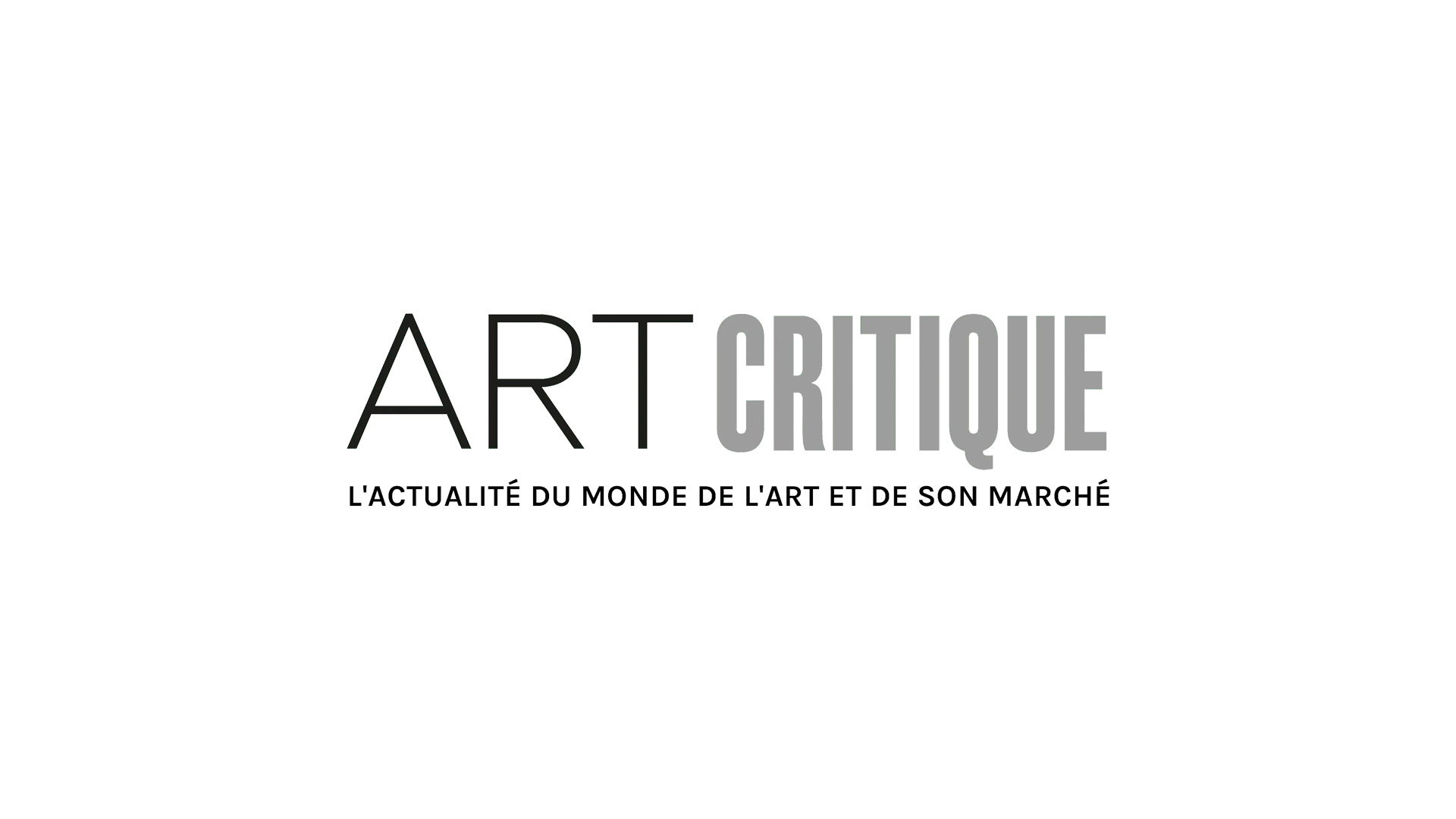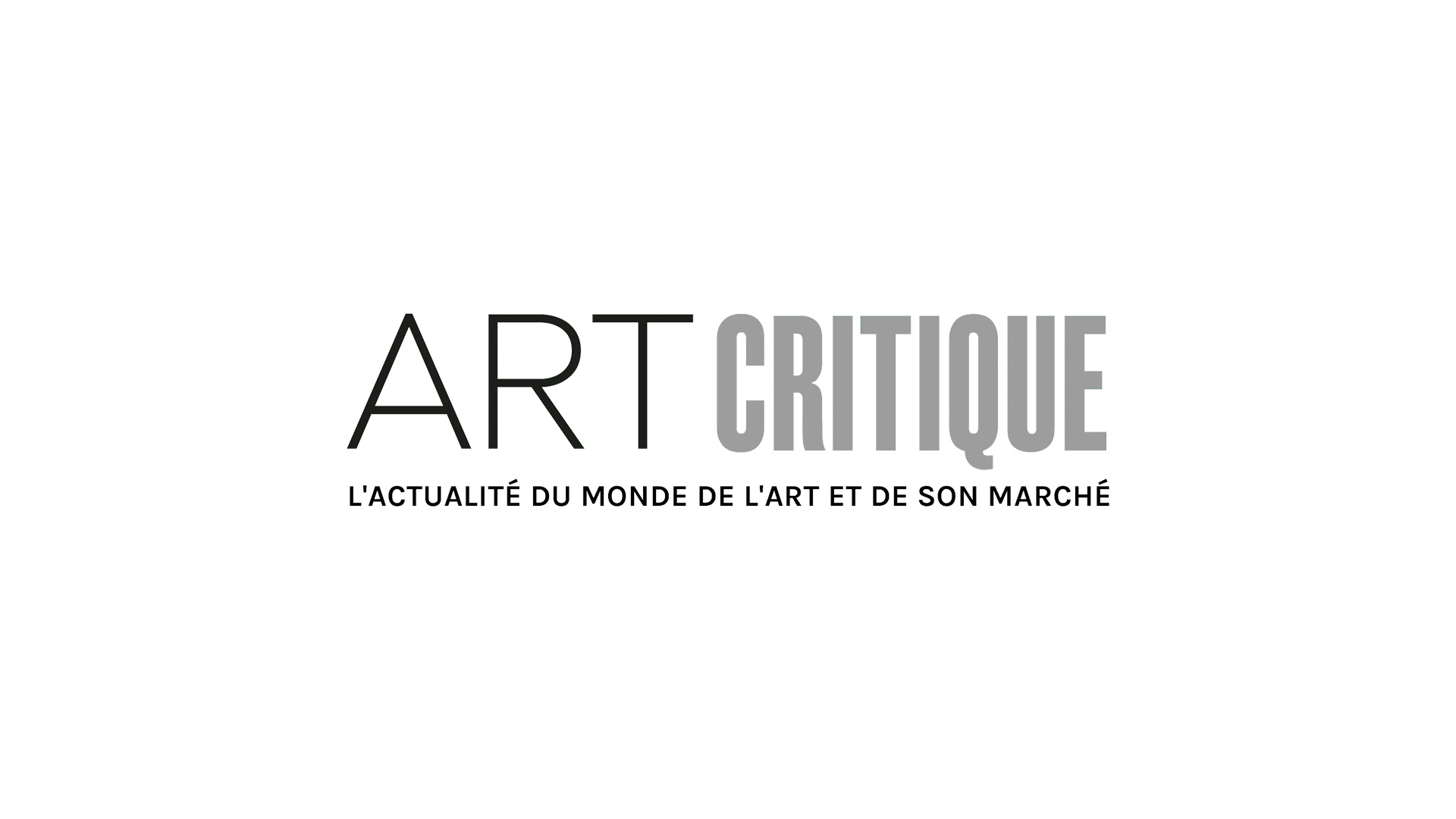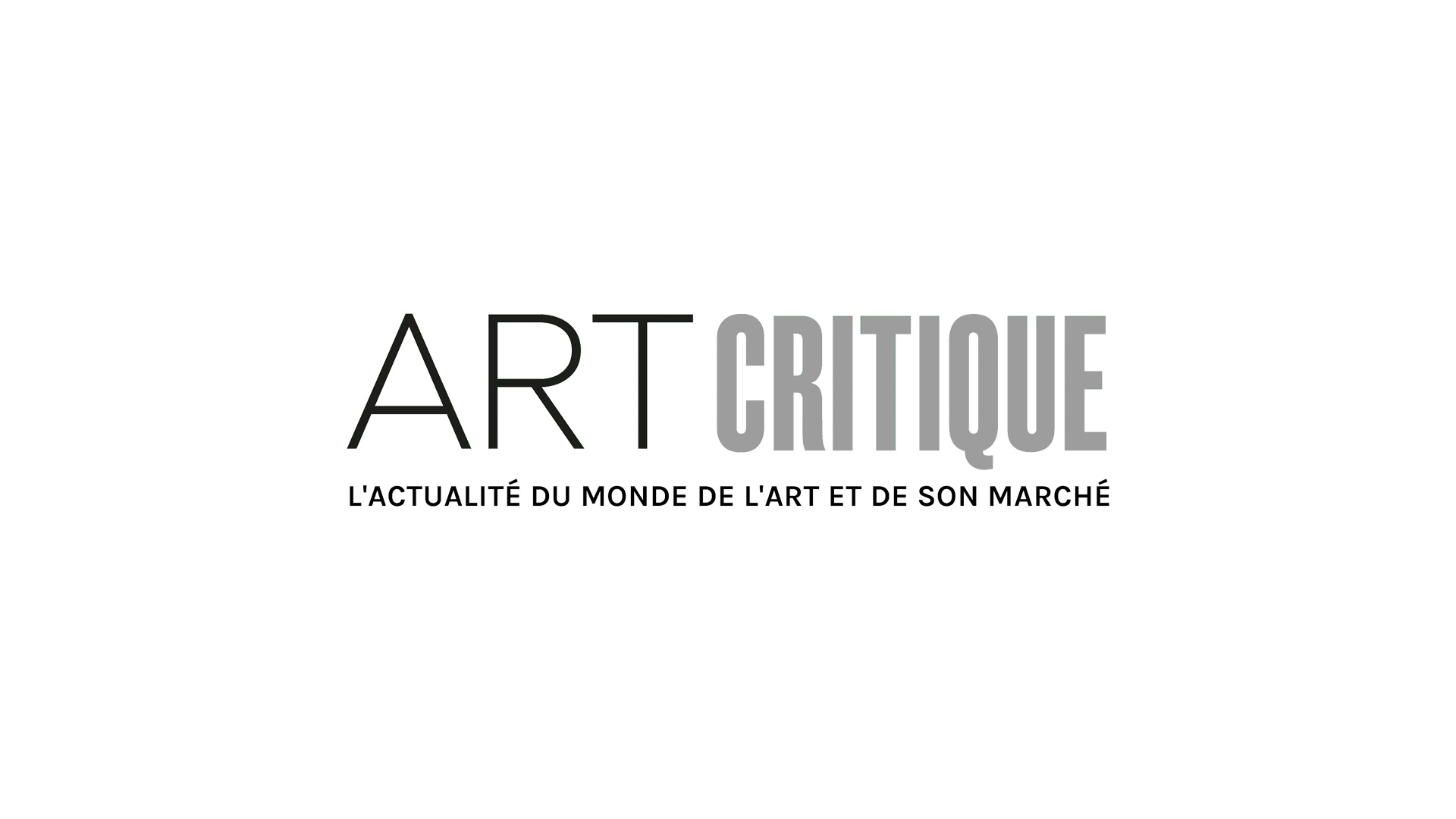When a piece of work is translated into a language, it gives some hint at a desire for a culture and a people to consume the messages of the work. The more times it gets translated into other languages, the more it arguably contains a universal feeling or idea of note to the human race. And while the most translated book in history may be rather obvious (the Bible), there is something more intriguing and endearing at the fact that the third most translated work is the not-so-childish children’s book Le Petit Prince by Antoine de Saint-Exupéry. Definitely to the delight of all fans of the book, a collection of recently discovered sketches for Le Petit Prince has been unearthed.
For those who haven’t read the whimsical classic, Le Petit Prince follows a retelling of the life of the titular Prince as he travels from planet to planet, learning about life from adults and animals, often to the great disappointment of the boy. While on Earth, he makes a connection with a stranded pilot and attempts to help him with repairs on his plane. Every exploit of the Prince’s life serving as a small parable of humanity, the book’s tone is equal parts quirky and reflective, having made it just as popular with adults as it is with children. Saint-Exupéry’s writing is comforting without being patronizing towards its young readers- a clear reason for its popularity the world over. But his simplistic and fanciful illustrations that accompany the story are just as much a staple of the book’s experience.
Bruno Stefanini, a Swiss art collector who passed away in December, was in possession of a series of early drawings Saint-Exupéry had completed for the story (endearingly enough, on the back of letters to his wife) that he had purchased in the 80s. The organization Stefanini founded, Stiftung für Kunst, Kultur und Geschichte, discovered them when sorting through and preserving pieces from his estate. The images have a lost and dreamy quality to them, the aging paper decorated with simple line work that evokes a preliminary form of the books memorable scenes, including the Prince’s first encounter with the fox. Though there aren’t the vibrant colours of modern publications of Le Petit Prince, any viewer could picture these sketches alongside the already beloved images, and their lost-to-time quality making them seem from the world of the book itself.
While these sketches don’t offer anything revelatory about the beloved classic, any additional original material for a book as pervasive as Le Petit Prince is a desirable glimpse into the process this work took. Currently, Elisabeth Grossmann of Stefanini’s organization is looking into the future of these sketches with the Morgan Library and Museum, where the manuscript and original drawings are kept. They may never make it into future editions of the book, but this little discovery can serve as a reminder of how long this beautiful story has persisted, and why it has captivated the globe.





